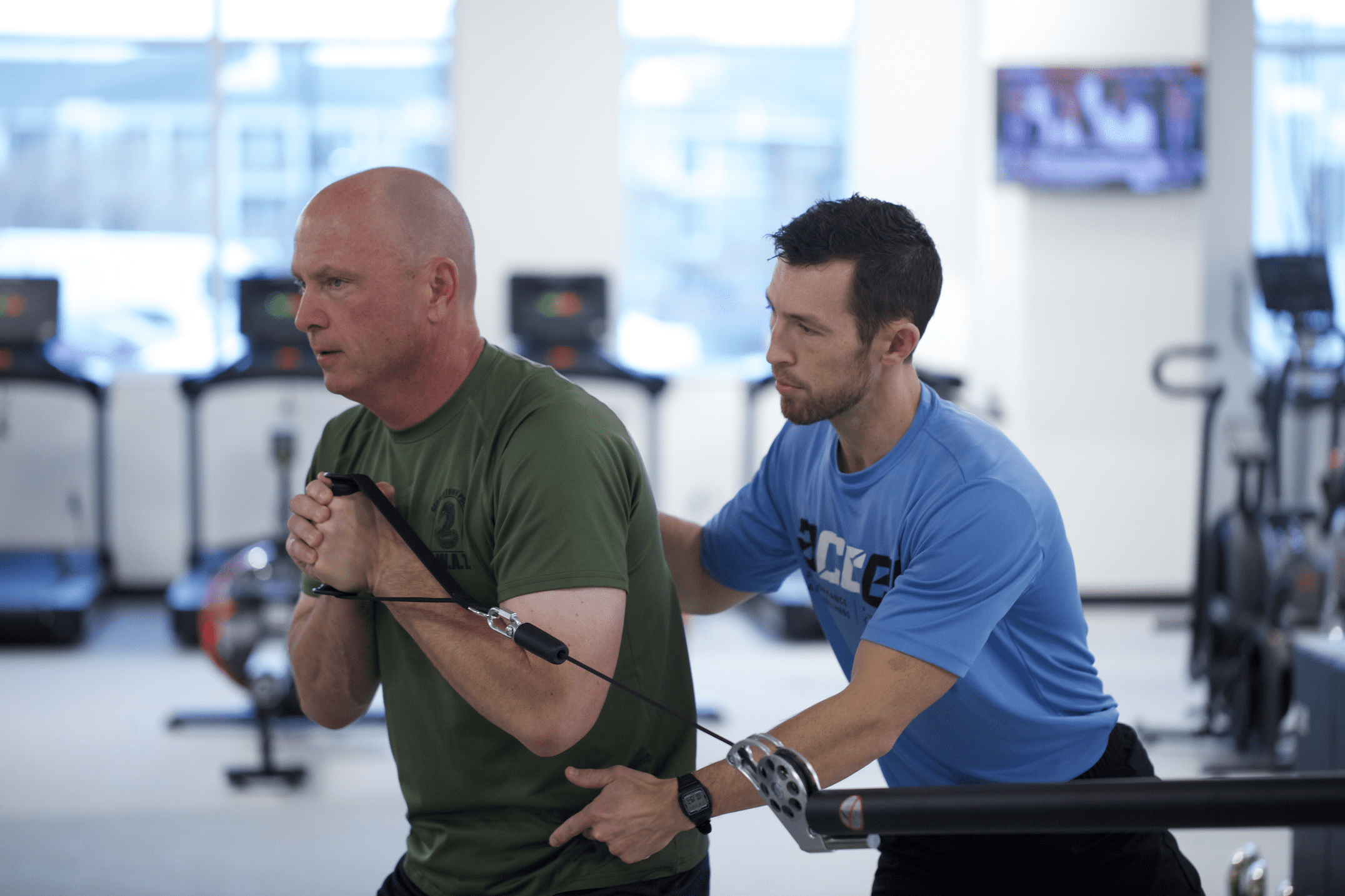Why Correct Form Is Crucial in Performance Training

Why is it that there is a focus on correct form when performing various movements? The reason is built around the concept of return on investment, a term which simply means that whatever you are putting in, your goal is to receive an equal or greater outcome in return. When it comes to performance training, our currency is in the form of time and effort, with the expected return of physical development. We anticipate that the hours of hard work we put in each week will bring about results.
The elements of “correct form” are specificity, sustainability, and energy efficiency. Let’s look at each element and get an explanation of how they apply to your training.
Elements of Correct Form
With specificity, we are strictly talking about the idea of purpose. What is the purpose of each exercise in regard to your sport? Let’s use the bench press as an example. With the powerlifting bench press, you’ll see a wide grip, with a big arch in the mid-back to lower back. Compare this to a football player who tends to have a narrower grip, with his back flat on the bench. Through specificity, we see the purpose is different despite the exercise being the same. In powerlifting, it is all about how much weight you can push up from your chest. So one way to create a less challenging bench press (and lift more weight) is to shorten the distance the bar has to go. Meanwhile, the football player uses the bench press as a tool to enhance his performance. The focus for him is to be able to control his opponent. All-in-all, for a sportsman of any sport, we want to create as much translation from the weight room to the field of competition.
With these two examples, you can see how the purpose guides the exercise. If the focus is different, the correct form will also need to be different.
Another benefit to correct form is sustainability. When we talk about sustainability, we are thinking about long-term bodily health. Can our bodies handle what we are doing to them over a prolonged period of time? Unlike a kid running recklessly down a hill into a face plant, correct form prevents disaster and ensures that the motion stays under control. Maintaining proper form allows the body to adapt to the stimulus placed on it through lifting, without developing negative, compensatory patterns. Whether it is through lifting, playing sports, recreational activities, or a competition, we need to make sure that we are not being reckless in our movement. Instead, we should position ourselves in a state of controlled stress. Reckless training leads to injury. Injury leads to missed competitions or workouts.
The last element of correct form that we will discuss is energy efficiency. With energy efficiency, we are talking about reducing leaks in energy and getting more “bang for our buck.” Imagine watering plants with a hose full of holes. Water pressure goes down as the number of holes goes up. The body is the same way: If you have energy leaks in your body, you will be more likely to become fatigued and less likely to generate the desired force. A sprinter is looking to generate force in a straight line through each step. So excessive movement is not helpful. Efficient and collaborative upper body and lower body movement ensures that all the water makes it through the hose.
As you can see, form has a huge impact. Correct form ensures that the exercise is specific to your need, is sustainable to the body, and drives energy efficiency. Accel can help guide your effort at achieving correct form.

Recent Comments